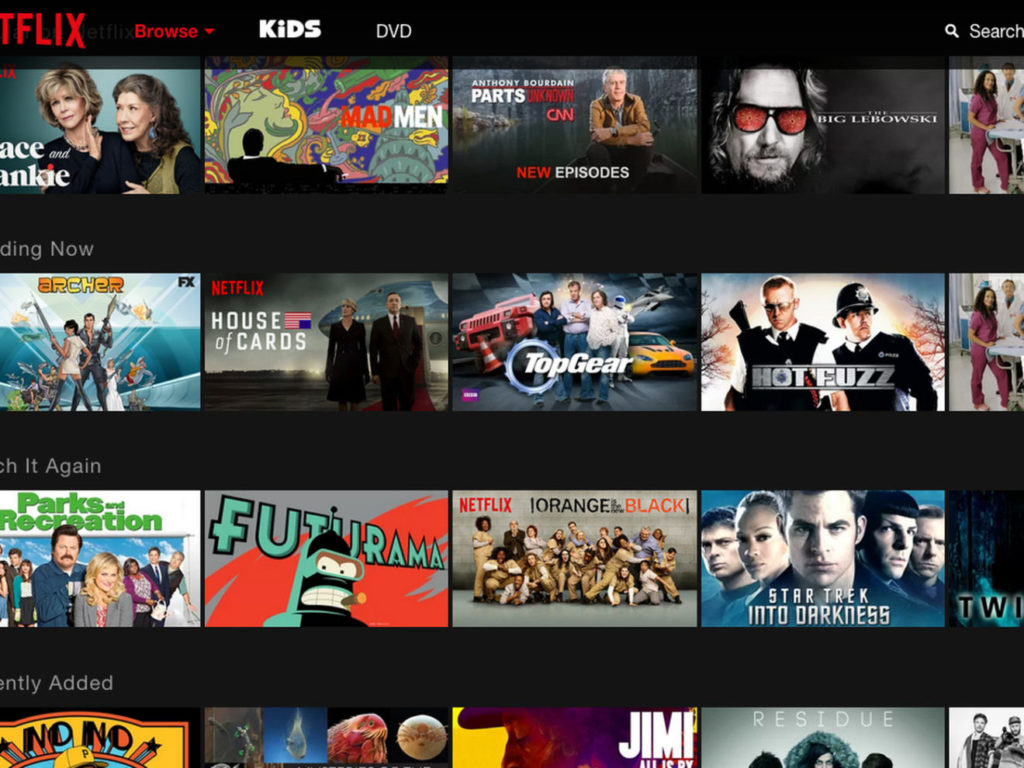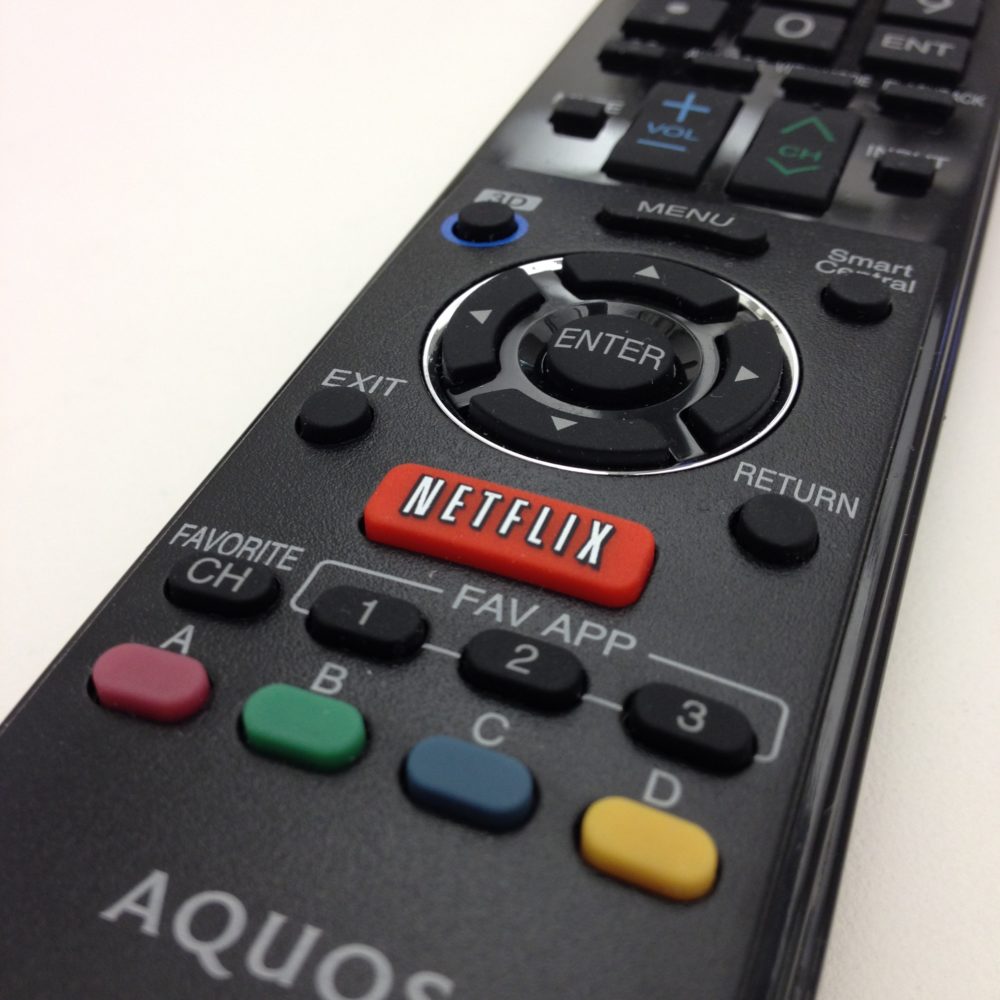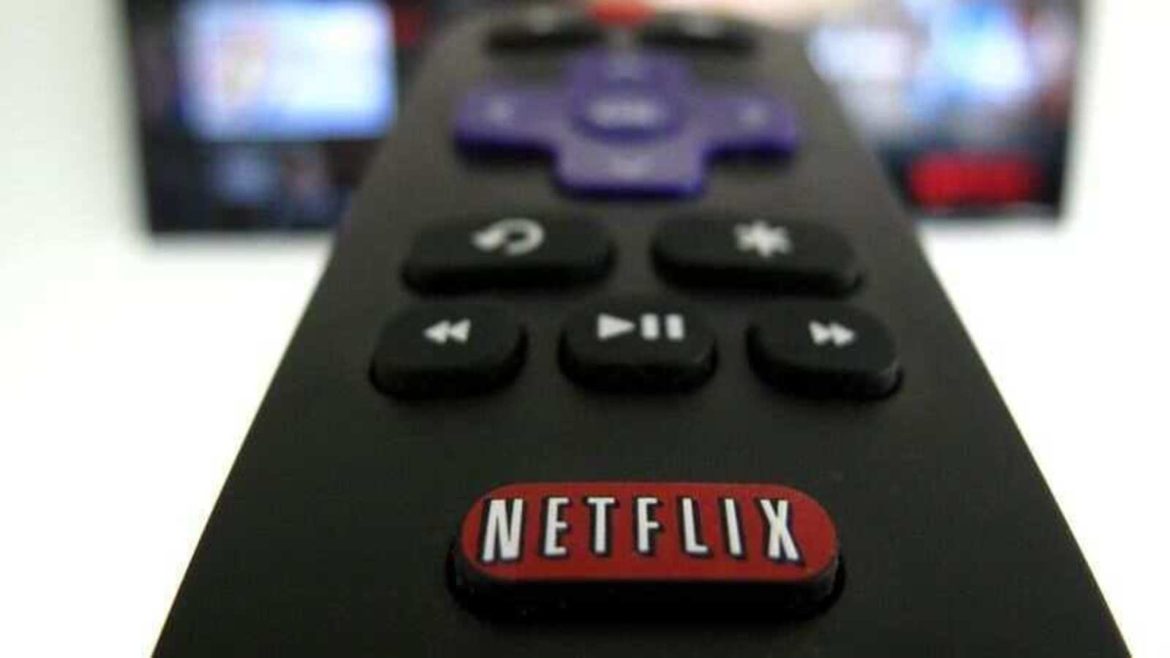Netflix predicts worst quarter for growth in its history as stock fall 9%, they added 4 million new subscribers in the first quarter, 2 million fewer than it expected, and forecasts just 1 million additions in the current quarter.

The following written content from Jon Swartz
Netflix Inc. has come back down to earth after stratospheric gains during the opening months of the COVID-19 pandemic.
The streaming giant on Tuesday reported 3.98 million net new paid subscribers in the first quarter, down from 8.5 million reported in the previous quarter and well below the 6 million the company predicted three months ago. In the same quarter a year ago, Netflix reported the addition of a record 15.77 million paid subscribers.
For the current quarter, Netflix NFLX, -0.88% expects just 1 million net new streaming customers, which would be the lowest total on record for the company. The lowest quarterly net gain for streaming subscribers currently is just over 1 million in the second quarter of 2013, according to FactSet records.
Analysts had expected 6.34 million new subscribers in the first quarter, and 4.2 million in the second quarter, according to FactSet. The news sent shares of Netflix down 9% in after-hours trading, with prices at one point dipping below $500.
A drop-off seemed inevitable after a national lockdown for more than a year shuttered consumers at home, where they went to streaming services in droves for entertainment. Netflix reported an annual net gain of 36.6 million subscribers to 203.7 million last year, which executives noted when discussing the latest results.
“We believe paid membership growth slowed due to the big COVID-19 pull-forward in 2020 and a lighter content slate in the first half of this year, due to COVID-19 production delays,” Netflix executives wrote in a letter to shareholders, summarizing the disappointing first-quarter performance.
“It boils down to COVID, frankly,” Netflix Chief Financial Officer Spencer Neumann said in a video conference call late Wednesday. “It creates short-term choppiness with business trends.” In the long-term, however, the rise of streaming will replace linear TV around the world, he added.
While fewer new subscribers signed on, Netflix made more money from increased subscription prices. Netflix said it earned $1.7 billion, or $3.75 a share, against expectations of $2.98 a share, according to analysts polled by FactSet. Netflix’s revenue soared 24.2% to $7.16 billion, beating estimates of $7.14 billion.
With more than 200 million subscribers, the trick now is how to hold on to them, and monetize them. Read more from Marketwatch
A brief understanding of Netflix

The following written content from MANSOOR IQBAL
Netflix was conceived in 1997 by Reed Hastings (the current CEO) and Marc Randolph. Both had previous in the West Coast tech scene – Hastings was the owner of debugging software firm Pure Atria, while Randolph had cofounded, and then sold computer mail order company MicroWarehouse for $700 million
Netflix.com started life as a DVD rental service in 1998; an online rival to the then dominant Blockbuster Video. Hastings had claimed that he was spurred to found Netflix after being fined $40 by Blockbuster for the late return of Apollo 13, though he later revealed the story was a fiction intended to help foster a creation myth.
The then nascent DVD format, introduced to the US in 1997, was key to the firm’s business model, providing a format lightweight and compact enough to work in a mail order context. Around the turn of the century, Netflix introduced the subscription model, moving away from single DVD rental. The idea was now that subscribers could rent as many DVDs as they could watch, without incurring any extra costs or late fees. Around the same time, the first Netflix algorithm was introduced, utilizing user ratings to select films that might appeal to any given subscriber. Read more from BOA





